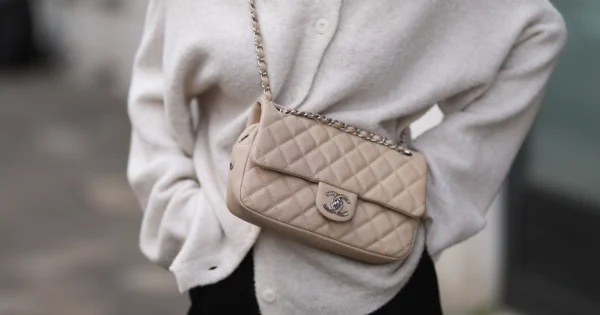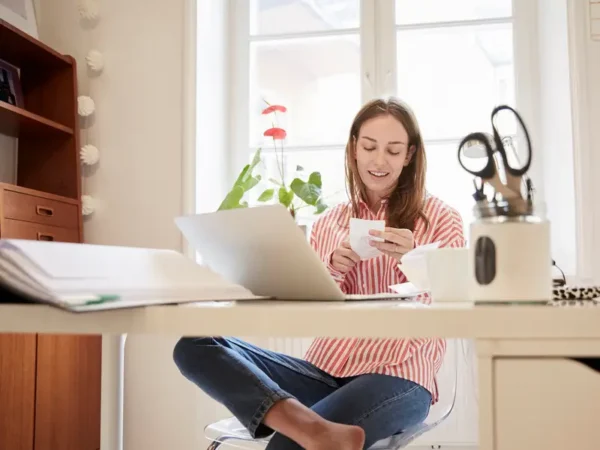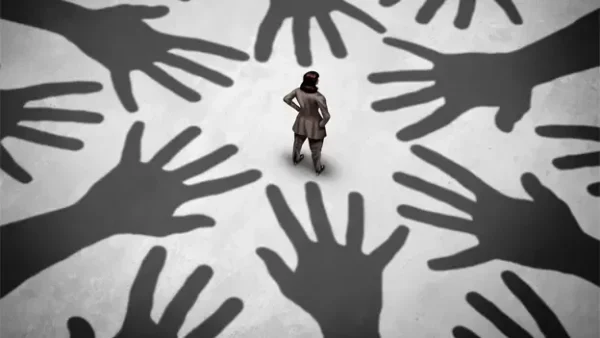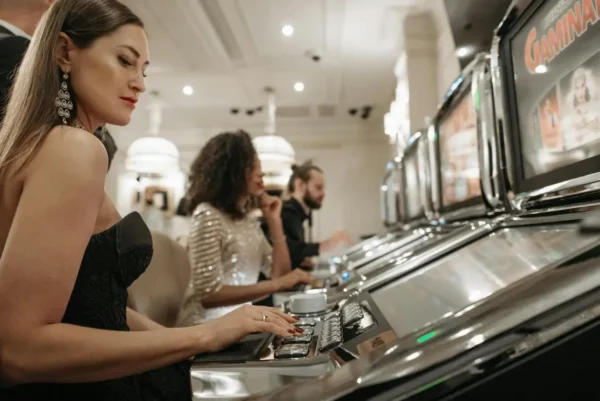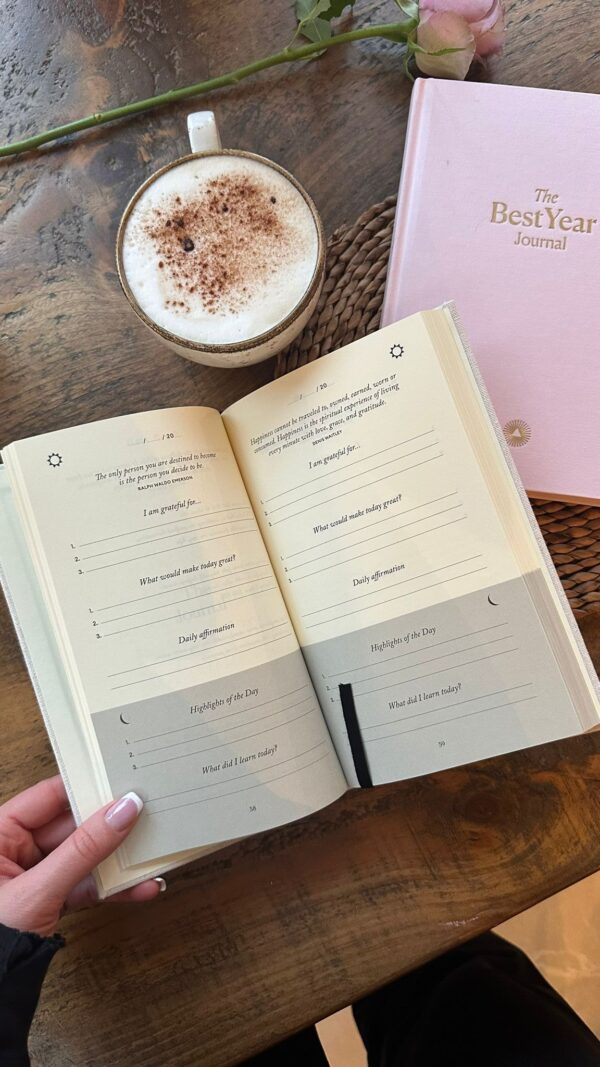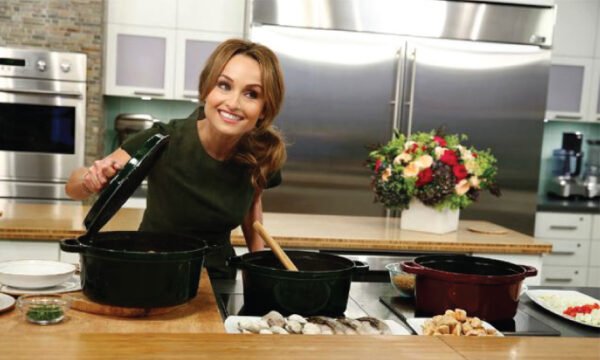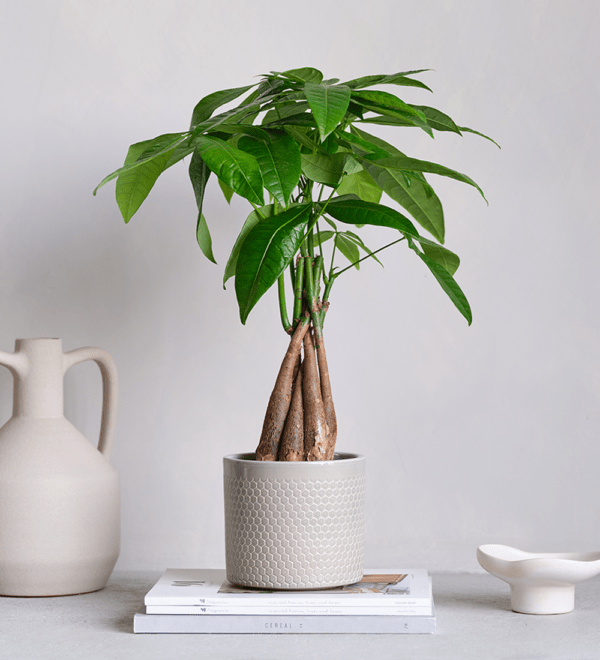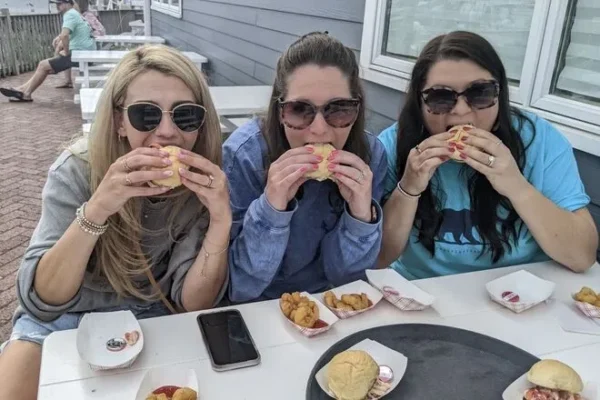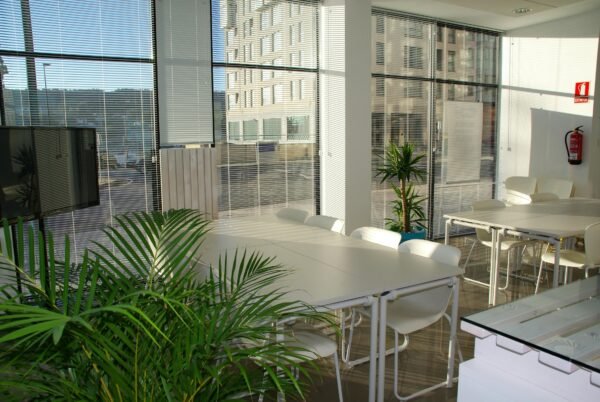
Why are More Middle-Aged Women Picking up Side Hustles?
Since the 2020 pandemic, side hustles have risen in popularity, but not for traditional reasons. Initially, they were almost entirely done as a way to make ends meet. But now, people are taking up side hustles for many different reasons.

This burgeoning trend reflects a societal shift in evolving personal aspirations, the current economic climate, and a yearning for a greater work-life balance. For many now, side hustles are not merely an opportunity to earn extra income but a means to pursue long-held passions, achieve financial independence, and find a different purpose.
As traditional career paths evolve and the gig economy flourishes, more middle-aged women are turning to side hustles. But why? Guy Thornton, Founder of Practice Aptitude Tests, has provided insight into why they are becoming increasingly popular within this demographic.
There are a number of reasons as to why it’s becoming increasingly common for women in their 40s to 60s to take up a side hustle. Some of them include:
1. Financial independence
As economic pressures continue, many people are having to resort to other sources of income aside from their 9-5. For those who may have financial responsibilities, like a mortgage, children and bills, for example, taking up a side hustle can allow them to have more disposable income to spend on both necessities and luxuries.
Many middle-aged women may also be concerned about financial security, especially with retirement on the horizon. Side hustles provide an additional income stream that can help with savings or debt repayment.
2. A flexible working schedule
By breaking out of the corporate world and taking up side hustles, middle-aged women can have more of a say as to when they want to work and how often.
The normalisation of remote work in the corporate world has made it easier for women to start and manage side hustles from home that can fit in with their schedule.
3. Pursuit of passion and personal fulfilment
For some, a side hustle is a way to pursue a passion or hobby that they couldn’t focus on earlier in life due to family or work commitments that may have taken priority. As women reach middle adulthood, they may find themselves becoming empty nesters, reducing work hours, or wanting to find a new passion, which is why they turn to side hustles.
4. Career transition
Some women may experience a plateau in their primary careers or face lay-offs, particularly in industries that are undergoing rapid change. A side hustle can be a way to explore new career paths or transition into self-employment if they are wanting to move into different industries.
5. Pay inequality
In the UK, as of April 2023, the gender pay gap was 14.3%, meaning that women earned 14.3% less than men on average for full-time work. This issue is prehistoric, with the issue of inequality continuing to taunt women in the workplace. As a result, middle-aged women may turn to side hustles as a full-time job to avoid facing less pay than their male counterparts in corporate industries.
6. Job security
Since the pandemic, there has been a boom in people taking up side hustles. This correlates with the number of redundancies people faced throughout Covid-19, and the level of unemployment remains at 4.2%. Having a side hustle alongside a 9-5 can be a precautionary measure or as a result of job losses and therefore can alleviate some of the worries that come with job uncertainty.
For the middle-aged women who have increased their number of side-hustles and have now resorted to them as their main source of income, it allows them to be in control of their fate.






